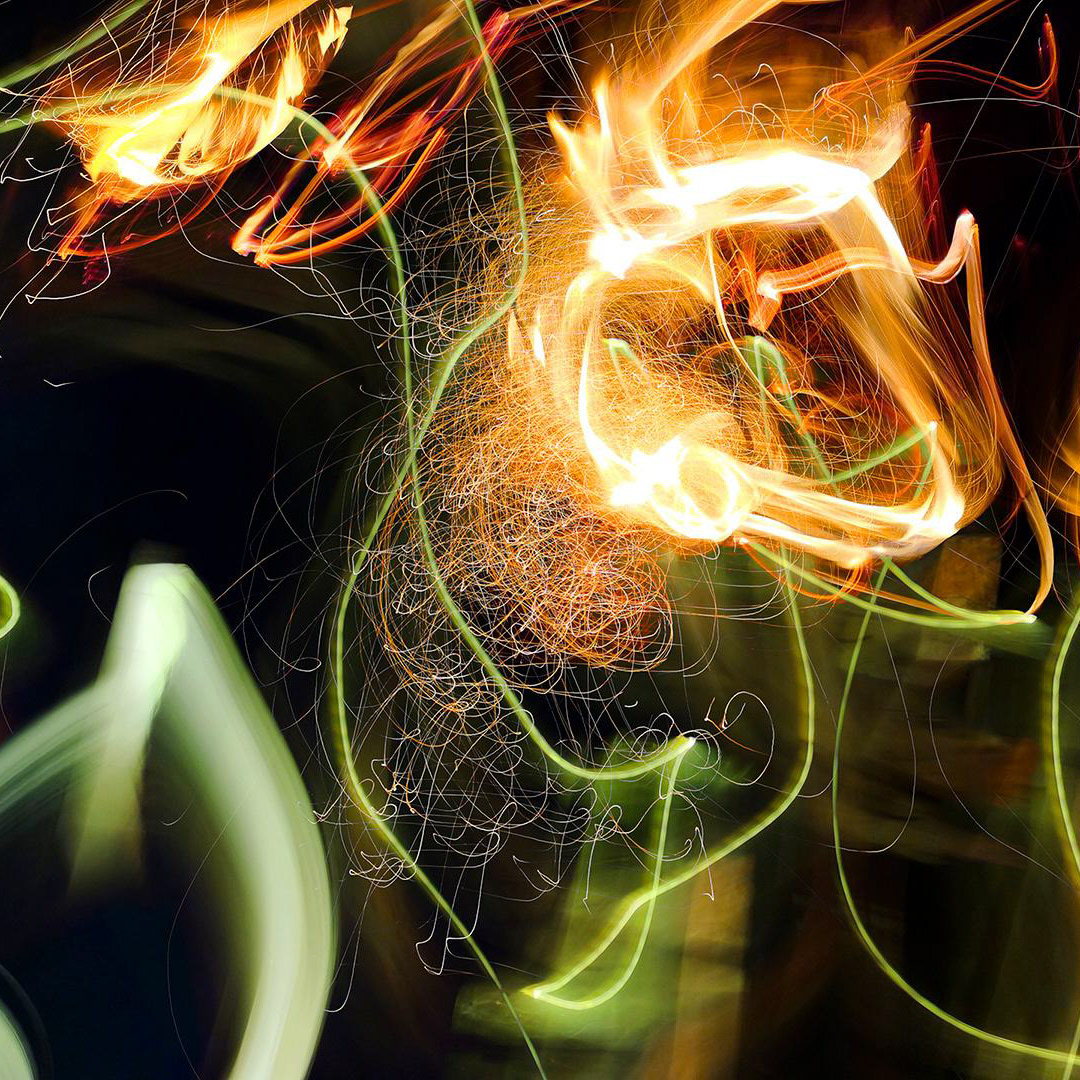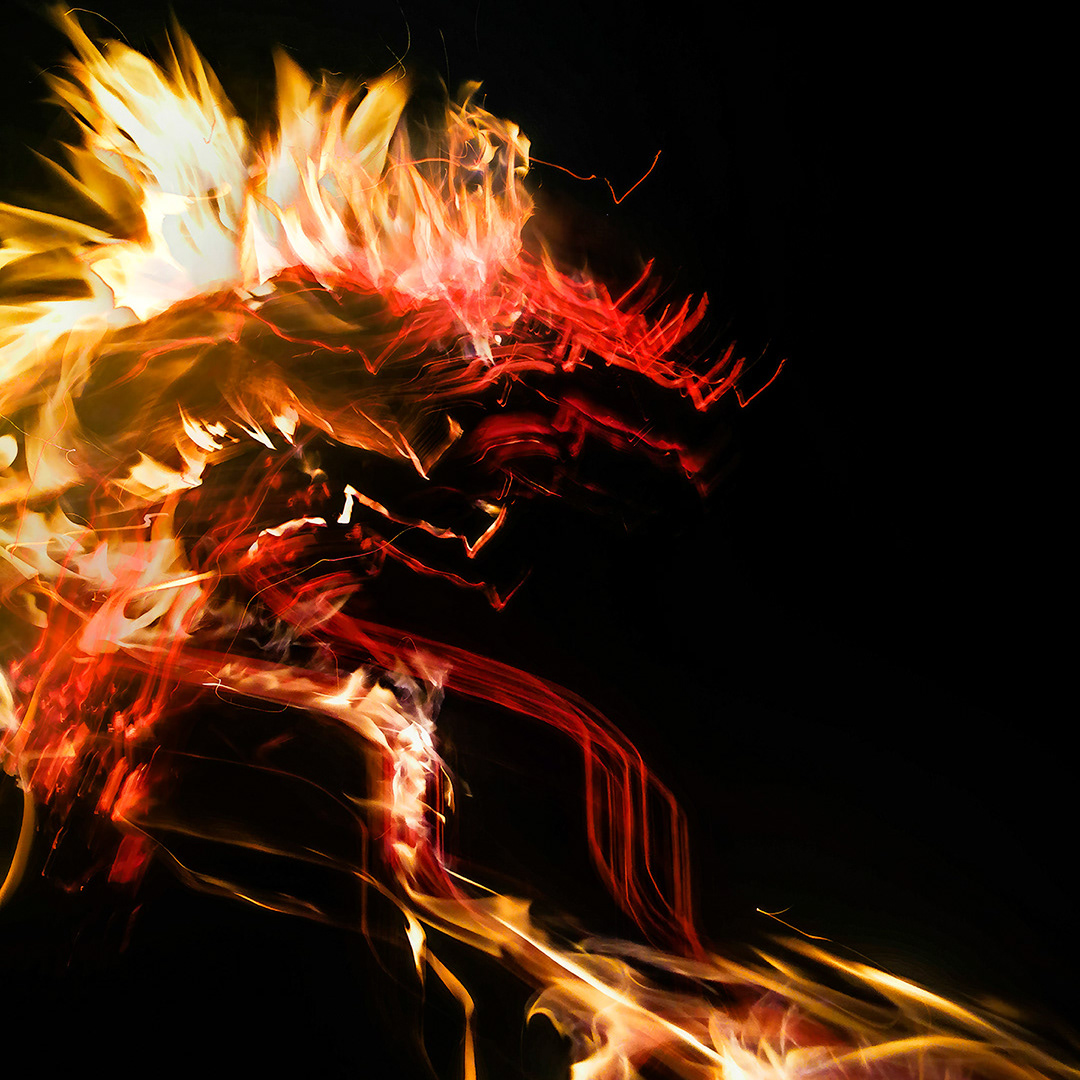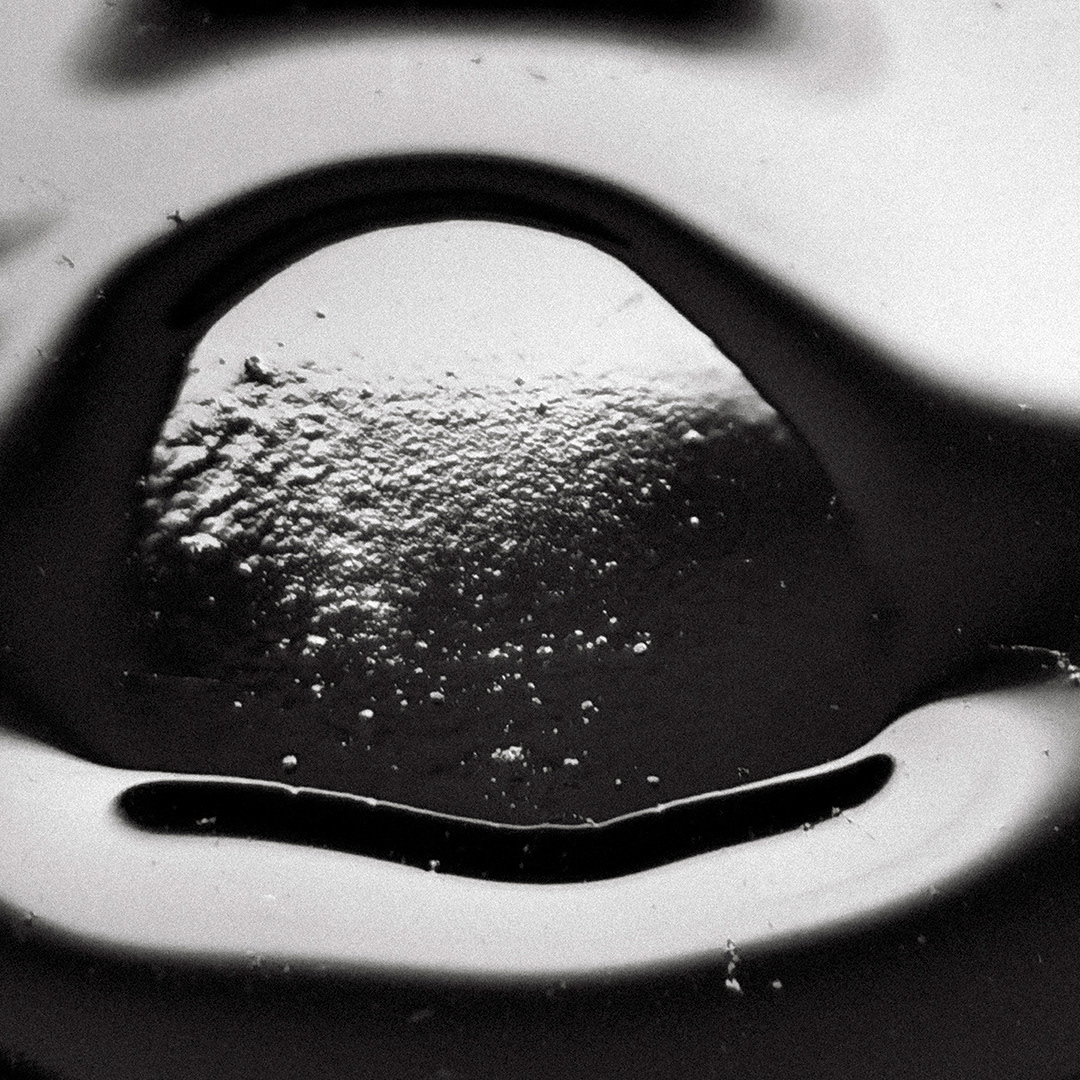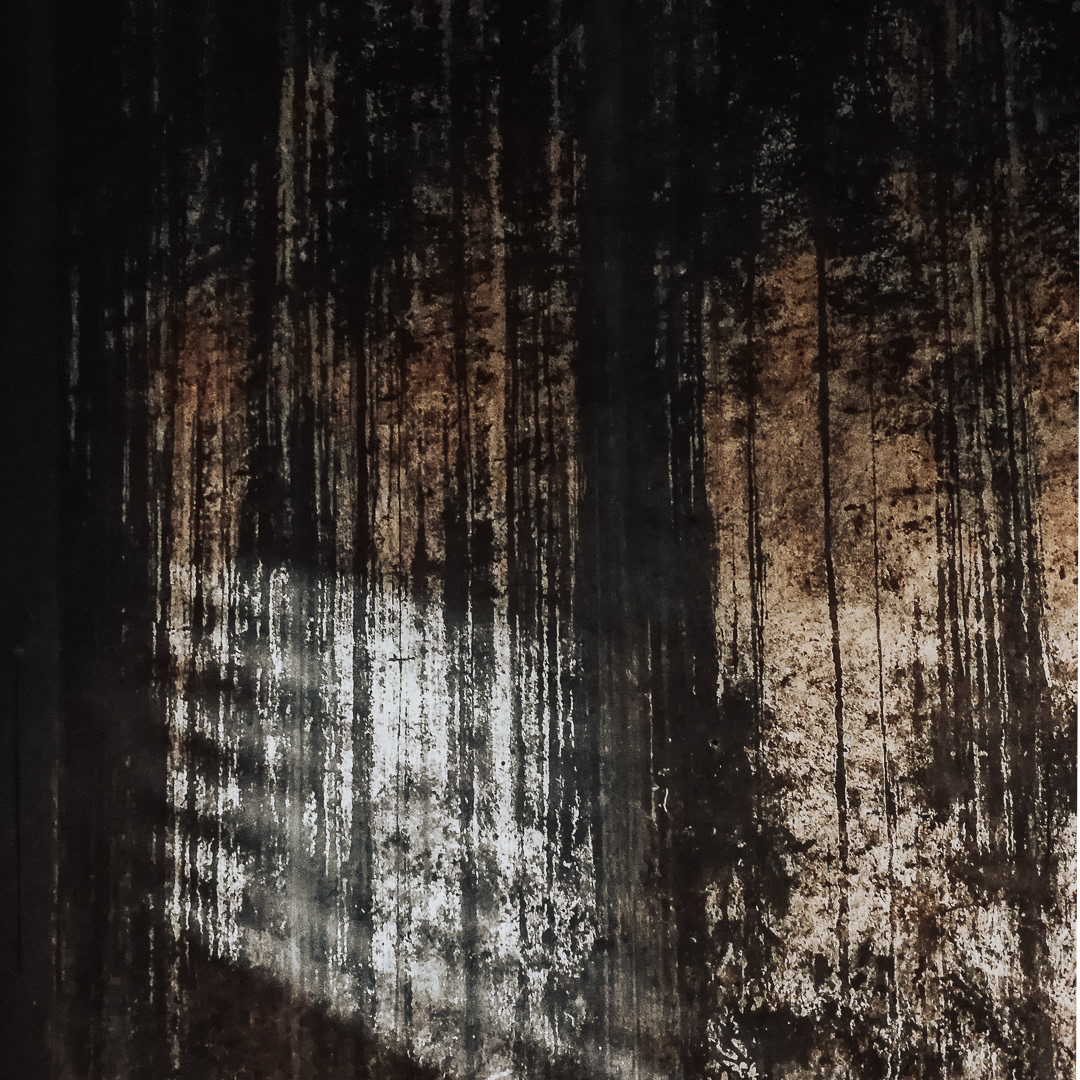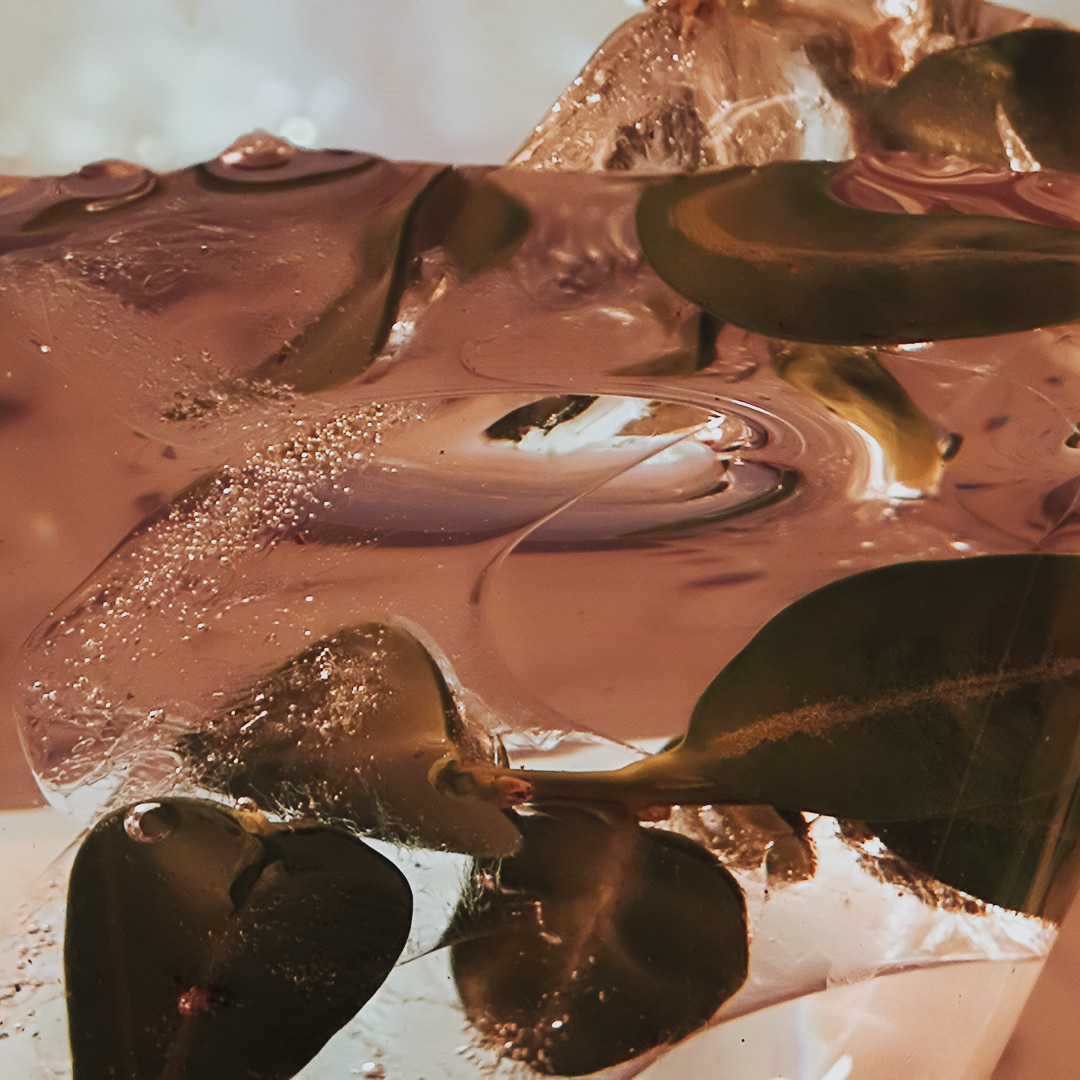The photographs capture ink in various states of settling and evaporation. Particles suspended in liquid create nebula-like formations; air bubbles trace constellations across dark matter; dried residue forms continents and islands in an ink ocean. The circular geometry of the inkstone creates a natural framing device, echoing both the moon gate of classical Chinese gardens and the porthole through which we observe distant worlds. What appears as vast astronomical phenomena is, in reality, occurring within a hand-sized ceramic vessel.
This work engages with the tradition of meditation in East Asian artistic practice. The preparation of ink—the grinding of ink stick against stone, the gradual darkening of water—has long been understood as a contemplative act, a ritual of centering before the work of creation begins. By photographing the inkstone itself rather than what might be created with its contents, the series honors this preparatory meditation, suggesting that the moment before making may be as significant as the act of making itself.
All that I See #19
The series also explores photography's capacity for estrangement and revelation. By isolating the inkstone from its cultural context and practical function, by emphasizing pattern and form over utility, the camera makes strange what centuries of use have made familiar. The viewer who recognizes these images as ink-related may experience a moment of perceptual reversal—the cosmic revealed as domestic, the extraordinary exposed as everyday. For viewers unfamiliar with calligraphic tools, the images remain pure abstraction, open to infinite interpretation.
Inkstone Meditations participates in a longer artistic tradition of finding the universe in a grain of sand, of recognizing that scale is relative and meaning emerges through attention. The inkstone becomes a site of contemplation not despite but because of its smallness, its ordinariness, its role as mere tool. By attending to what is overlooked, by granting aesthetic significance to preparatory materials, the work proposes that art exists not only in finished products but in every stage of the creative process—in the tools, the materials, the moments of preparation and anticipation.
These photographs function as visual koans—paradoxical images that resist simple interpretation, inviting viewers into extended contemplation. Is this vast or tiny? Natural or cultural? Abstract or representational? The ambiguity is intentional, designed to create a space for meditation, for the quiet attention that allows unexpected meanings to emerge. In a culture of speed and spectacle, Inkstone Meditations offers an alternative aesthetic—one of slowness, subtlety, and sustained contemplative engagement with the material world.
All that I See #20
All that I See #21
All that I See #22
